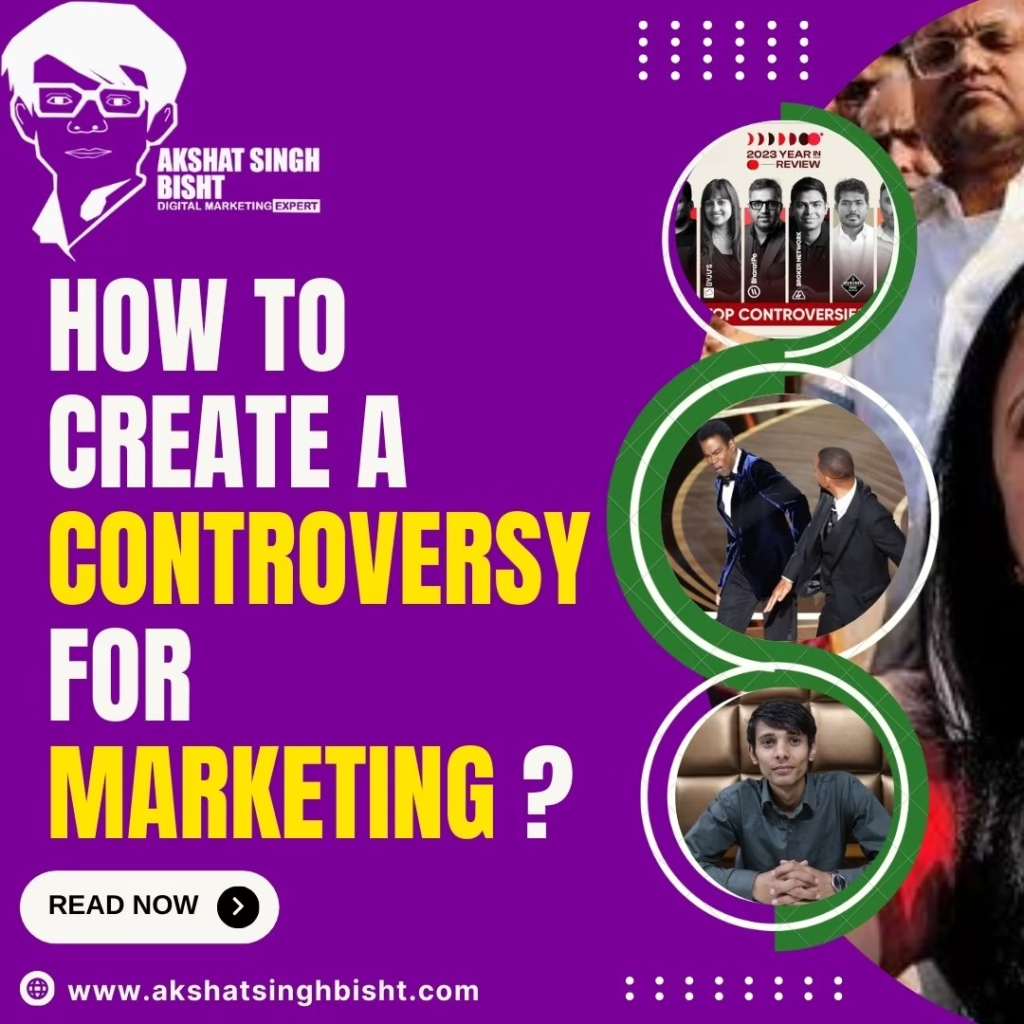Creating controversy can be a powerful tool in marketing, public relations, or even personal branding. While it’s essential to approach this strategy with caution, as it can backfire, a well-crafted controversy can generate massive attention, engagement, and discussion. This blog will explore the formula for creating controversy, supported by real-world examples and detailed explanations to ensure practical application.

Controversy involves provoking public disagreement or debate by challenging established norms, values, or beliefs. It thrives on attention, emotion, and the inherent curiosity of human nature. Controversy can be beneficial for:
To create controversy effectively, follow this formula:
Let’s delve into each step in detail.
Understanding your target audience is crucial. This involves:
Example: Nike’s Colin Kaepernick campaign targeted socially conscious millennials and Gen Z, who value social justice and activism.
Select a topic that is inherently polarizing. This could be related to politics, religion, social issues, or industry-specific debates. Ensure the topic aligns with your brand values and objectives.
Example: Gillette’s “The Best Men Can Be” campaign addressed toxic masculinity, a hot-button issue in contemporary discourse.
Formulate a clear, bold statement or action that directly addresses the controversial topic. It should be:
Example: Pepsi’s Kendall Jenner ad attempted to make a bold statement on social unity and protest culture, though it backfired due to perceived insensitivity.
Predict potential reactions from different audience segments. Prepare responses for:
Example: When Dove launched its “Real Beauty” campaign, it anticipated both support and criticism for challenging traditional beauty standards.
Manage the flow of information to shape public perception. This involves:
Example: Tesla’s Elon Musk uses Twitter to control the narrative around his companies, often creating and managing controversies to his advantage.
Track the conversation around your controversial statement or action. Use tools like social listening software to gauge sentiment and engagement levels. Engage with the audience by:
Example: When Starbucks faced backlash for its holiday cups, the company engaged with customers on social media to address concerns and clarify their stance.
Analyze the outcomes of your controversy-driven campaign. Measure metrics such as:
Example: Burger King’s “Moldy Whopper” campaign sparked debate but ultimately enhanced the brand’s image by highlighting its commitment to removing artificial preservatives.
To understand how this formula works in practice, let’s explore some real-world examples in detail.
Background: Colin Kaepernick, an NFL player, became a polarizing figure for kneeling during the national anthem to protest racial injustice. Nike featured him in an ad campaign with the tagline, “Believe in something. Even if it means sacrificing everything.”
Implementation:
Background: Gillette released an ad addressing toxic masculinity and encouraging men to challenge harmful behaviors.
Implementation:
To ensure your controversy-driven strategy is successful, consider the following tips:
Creating controversy can be a powerful way to capture attention, spark engagement, and differentiate your brand. By following the formula outlined in this blog—identifying your target audience, choosing a controversial topic, crafting a bold statement, anticipating reactions, controlling the narrative, monitoring engagement, and evaluating the impact—you can navigate the complexities of controversy and leverage it to achieve your objectives. Remember, while controversy can be beneficial, it’s essential to approach it with caution and integrity to avoid potential pitfalls and backlash.
Akshat’s passion for marketing and dedication to helping others has been the driving force behind AkshatSinghBisht.com. Known for his insightful perspectives, practical advice, and unwavering commitment to his audience, Akshat is a trusted voice in the marketing community.
If you have any questions simply use the following contact details.